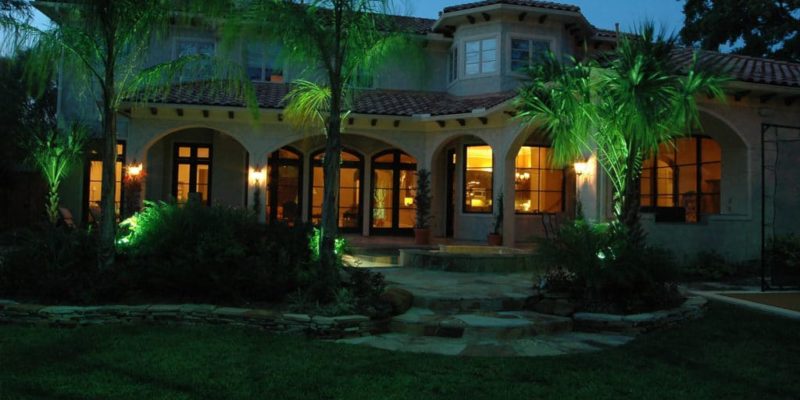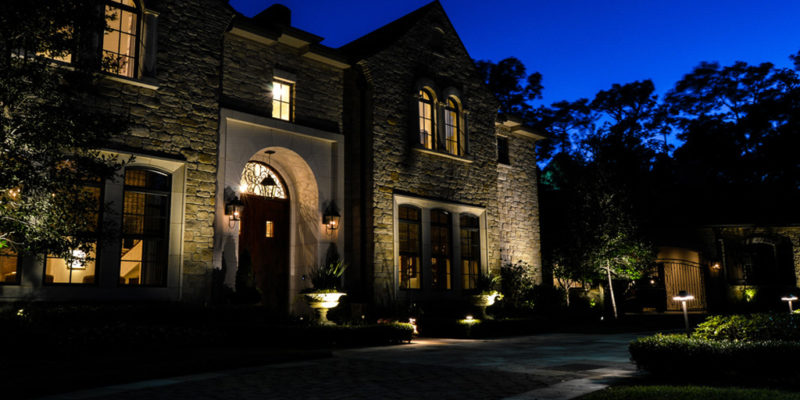Ideas On Why Outdoor Lighting Cannot Harm Trees In Houston
Most people that are positioning landscape lighting for the first time in their yards should be mindful when it comes to how they will affect or interact with the foliage that is already there. It is also quite common that homeowners often wonder whether landscape lighting will be harmful to the trees they have on their properties, which need ample light and space to thrive and grow. Is there going to be a negative impact or harm to the tree when there are landscape lights placed too close to it or in it? The answer to this question involves a quick extract from a science-based textbook.
How Do Trees Utilize Light?
The basic explanation to describe this is that plant life and trees use photosynthesis in order to absorb energy that comes from sunlight. The light emitted by the sun that the trees absorb is mainly in a visible spectrum, which means light that the human eye can see which ranges from violet onto red. The light that emits from a landscape lighting fixture falls in the same spectrum of visible light that the sun emits, only in a less intense way.
In most cases, trees will not undergo any damages from closeby landscape lighting as these lights emit helpful light which is far less intense when compared to the sun. An ultraviolet light or infrared may affect the health of a tree adversely if it interferes with the photosensitive cells in the plant or tree or interrupting the natural levels of chloroplasts, which contain chlorophyll that is needed for photosynthesis.
The outdoor lighting fixtures that you may be considering for your outdoor spaces should not be emitting ultraviolet or infrared light that is great enough that affects your trees or plant life. There are also outdoor LED bulbs that are specially designed that emit very low or completely eliminate light levels in the ultraviolet or infrared spectrum.
Special Considerations When You Use Landscape Lighting Close To Trees
Despite the fact that landscape lighting should not cause any measurable or immediate damages to trees that are nearby, this doesn’t mean that they have no effect on them at all. Many trees are reliant on a certain duration of natural light that comes from the sun so that they know when seasons are changing. This gives them the signal when to drop leaves, close-up their pores, and to complete other types of natural processes. Too much heat or light can interfere with these processes in an unexpected way.
For instance, if a light that is strong enough focuses on deciduous trees over the course of the night, the tree may interpret this as a summer that never ends. When autumn and winter does set in, the tree might not prepare for the colder months in the way of closing up its pores. This could mean that the tree could be subjected to frost damage or chill, which kills it or defaces its appearance.
Is Solar Light Bad For Plants?
Similar to trees, consistent light in your backyard can also have a negative impact on your plants. Plants also have a precise rhythm, which is mainly regulated by light patterns. If solar lighting is soft and used mainly for the purpose of mood lighting, then it should do no harm to your plants. However, if the light is concentrated or bright on certain areas of your plants or lawn it can interfere with the natural rhythm of your plants. They will not be able to determine what season it is, which means the plants are not prepared for the cold weather that is about to set in.
Don’t hesitate to give us a call or contact us today if you need help with your landscape lighting. Feel free to visit our blog for more related topics and articles.










